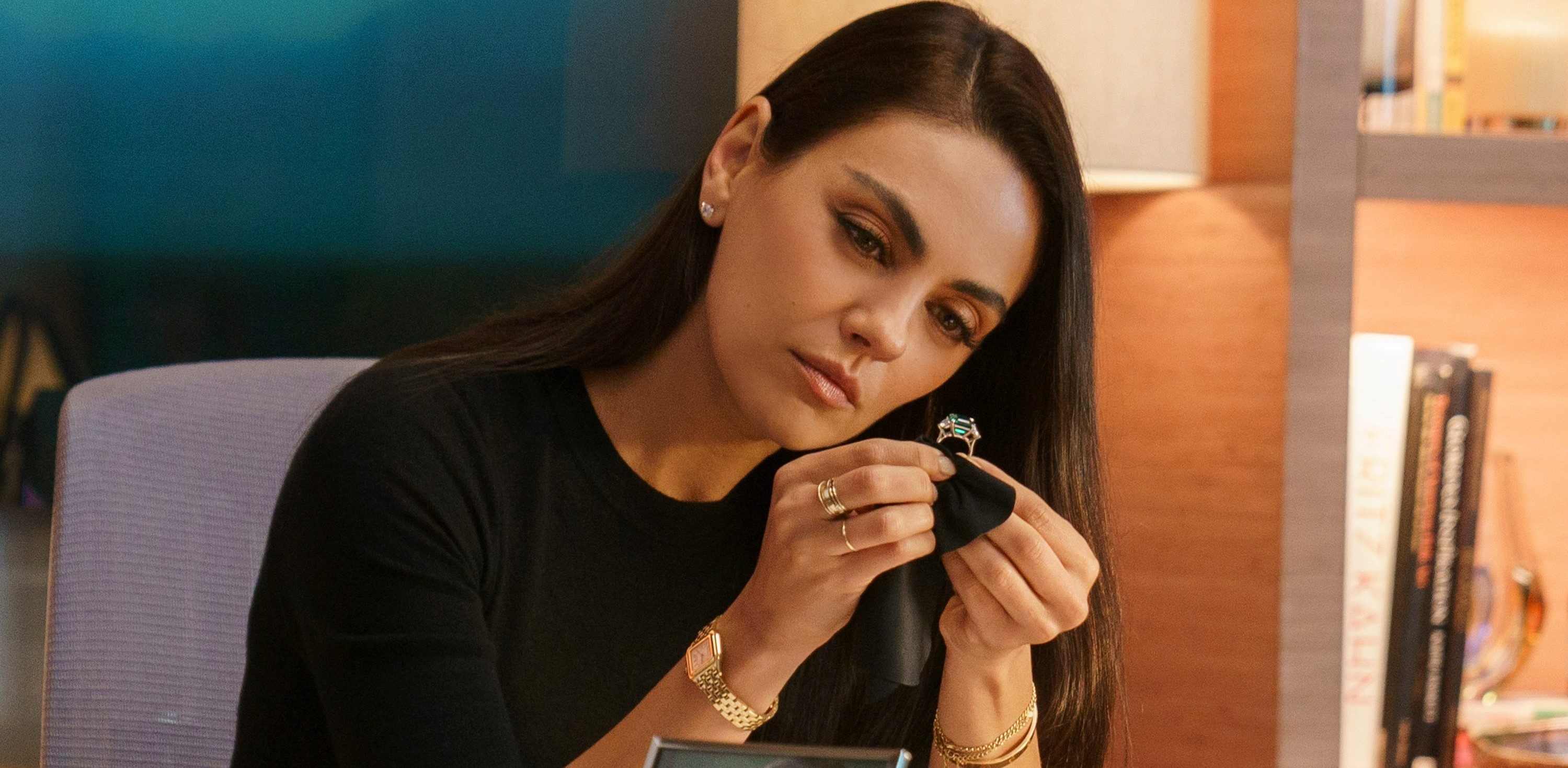Directed by Mike Barker, Netflix’s thriller film ‘Luckiest Girl Alive’ follows the intricate life of Ani Fanelli, the senior editor of a successful women’s magazine, who has been preparing for her wedding with her fiancé Luke Harrison. Beneath Ani’s pleasant life, the trauma of being gang-raped by three of her schoolmates as a teenage student continues to haunt her. The film progresses through Ani’s efforts to overcome the same as she looks forward to opening a new chapter of her life. Naturally, viewers must be intrigued to know whether Ani is real. Well, here’s the answer!
Ani Fanelli is Inspired by Jessica Knoll, Who is Actually a Rape Survivor
Ani Fanelli is partially based on Jessica Knoll, who wrote the screenplay and the eponymous source novel of the film. Knoll was gang-raped by three fellow schoolmates at the age of fifteen during a party while she was studying in a high school in Bryn Mawr, Pennsylvania, just like Ani was raped by her schoolmates while she was studying in Brentley School. Like Ani, Knoll was slut-shamed by her schoolmates, and a “trash slut” writing appeared on her locker as the film depicts. During such a period, only two boys came forward to comfort Knoll, who can be the inspiration behind Arthur and Ben.
Nobody around Knoll acknowledged her suffering. “No one called it rape. I called it rape, once. In a drunken confrontation with A Boy [one of the three boys who raped her]. The next day, terrified the herd might come after me even hungrier, I called A Boy and apologized,” Knoll wrote in an essay titled ‘What I Know,’ published in Lena Dunham’s Lenny Letter, through which the author came out as a rape survivor to the world. “I apologized to my rapist for calling him a rapist. What a thing to live with,” she added. After the incident, Knoll tried to “reinvent” herself with “the right wardrobe, a glamorous job, and a ring on my finger before the age of 28,” as per the essay, just like Ani does in the film.
However, Knoll couldn’t run away from the barbarity she had to suffer. “The first person to tell me I was gang-raped was a therapist, seven years after the fact,” she wrote in ‘What I Know.’ The first time Knoll revealed that she was a rape survivor was during a book event conducted in New Jersey. When a woman asked her about her research to conceive Ani, Knoll replied that “something similar to what happened to Ani happened to me,” as per the same essay. After the Lenny Letter essay, several women reached out to Knoll to share their stories, which inspired the author to conceive the film’s ending.
Dean Barton’s Character Represents the Real Boys Who Assaulted Jessica
Dean Barton is seemingly a heavily fictionalized version of one of the three unnamed boys who raped Jessica Knoll. In the film, Dean is the third boy who rapes Ani. In Knoll’s revelatory essay, the person is referred to as “A Third Boy.” The author has neither revealed the identities of the three individuals who raped her nor taken any legal action against them. According to Knoll, shaming them, including the real-life counterpart of Dean Barton, isn’t the purpose of her essay.
“It’s not directed at them [the three rapists]. It’s more like, ‘I’m going to tell the story this time.’ This is a very empowering thing for me to be able to say, actually, this is what happened to me, and to take ownership of my own narrative,” Knoll told The New York Times about coming out as a rape survivor. The author, however, anticipates that their wives may watch the film. “It’s so hard for me to imagine them watching it. It seems more than likely to me that their wives might watch it not knowing they’re the boys from it, and that they could just walk in and see that,” Knoll told People.

